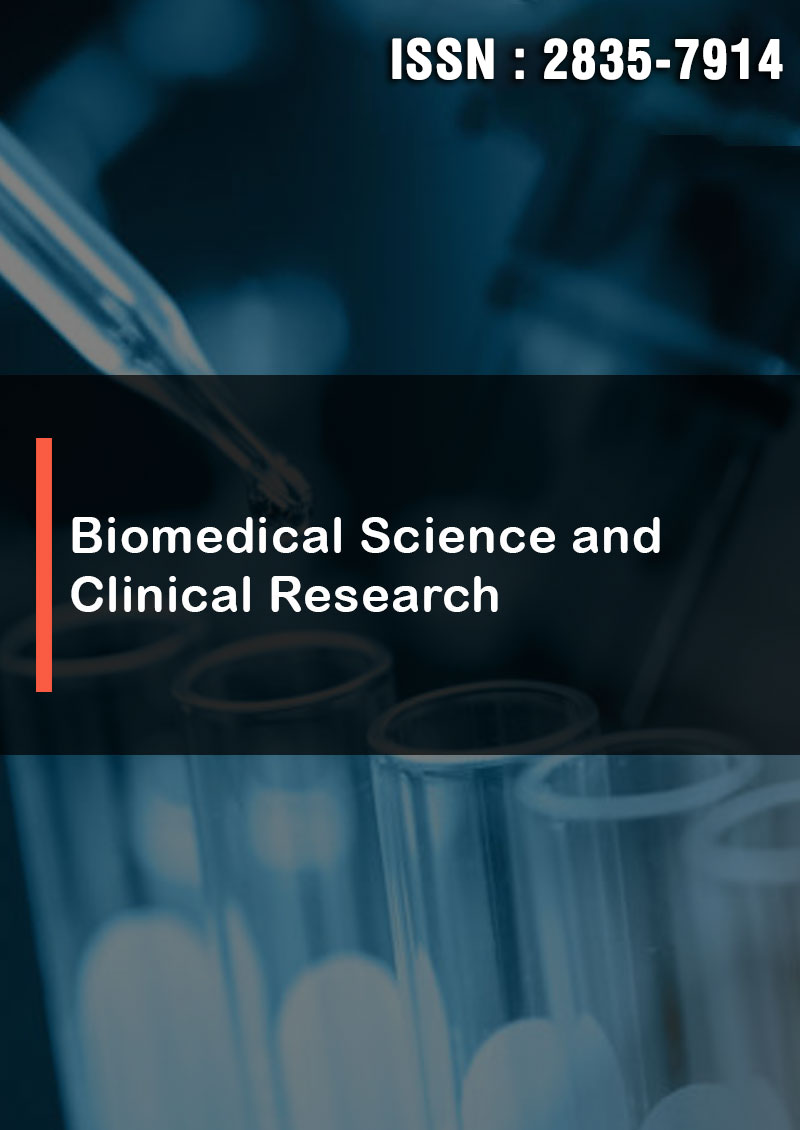Marginal Microleakage of Self-Adhesive Flowable Composite as a Pit-Fissure Sealants Upon Different Application Techniques: A Comparative In-Vitro Study
Abstract
Laila Shakfeh, Khaled Kabbesh and Reem Alfares
Background: The aim of the present study was to compare the microleakage of a self-adhesive composite (SAS) and a conventional resin- based fissure sealant using different application techniques.
Materials and Methods: 100 intact human premolars with well-delineated pits and fissures were used and divided into 5 groups (n = 20). Group 1 specimens were etched (37% phosphoric acid) and sealed with conventional resin-based sealant (Helioseal F, Ivoclar Vivadent). In Group 2 Helioseal F was applied with bonding agent. For Group 3, pits and fissures were sealed with (Constic, DMG, Hamburg, Germany) according to the manufacturer’s instructions. In Groups 4 and 5, specimens were sealed with Constic after enamel etching, but Group 5 bonding agent was also applied. Subsequently, specimens were thermocycled (1800 cycles, dwelling time of 10 s), immersed in 2% Methylene blue solution (24 h). Marginal leakage (dye penetration depth) was evaluated under a stereomicroscope and the worst score of each specimen was recorded (I−IV).
Results: Helioseal F showed the lowest microleakage (Helioseal F: 77.5% scored 0), regardless of bonding agent application (p = 0.200). Microleakage in groups sealed with Constic (with and without bonding agent) were not different (p = 0.449). The quality of marginal sealing after etching was improved when Constic was used (p = 0.000).
Conclusion: The present findings suggest that the conventional resin-based sealant provides better marginal sealing than SAS. Additional enamel pretreatment with 37% phosphoric acid reduces marginal microleakage of SAS. Bonding agent application do not enhance the marginal sealing of resin-based sealant.



